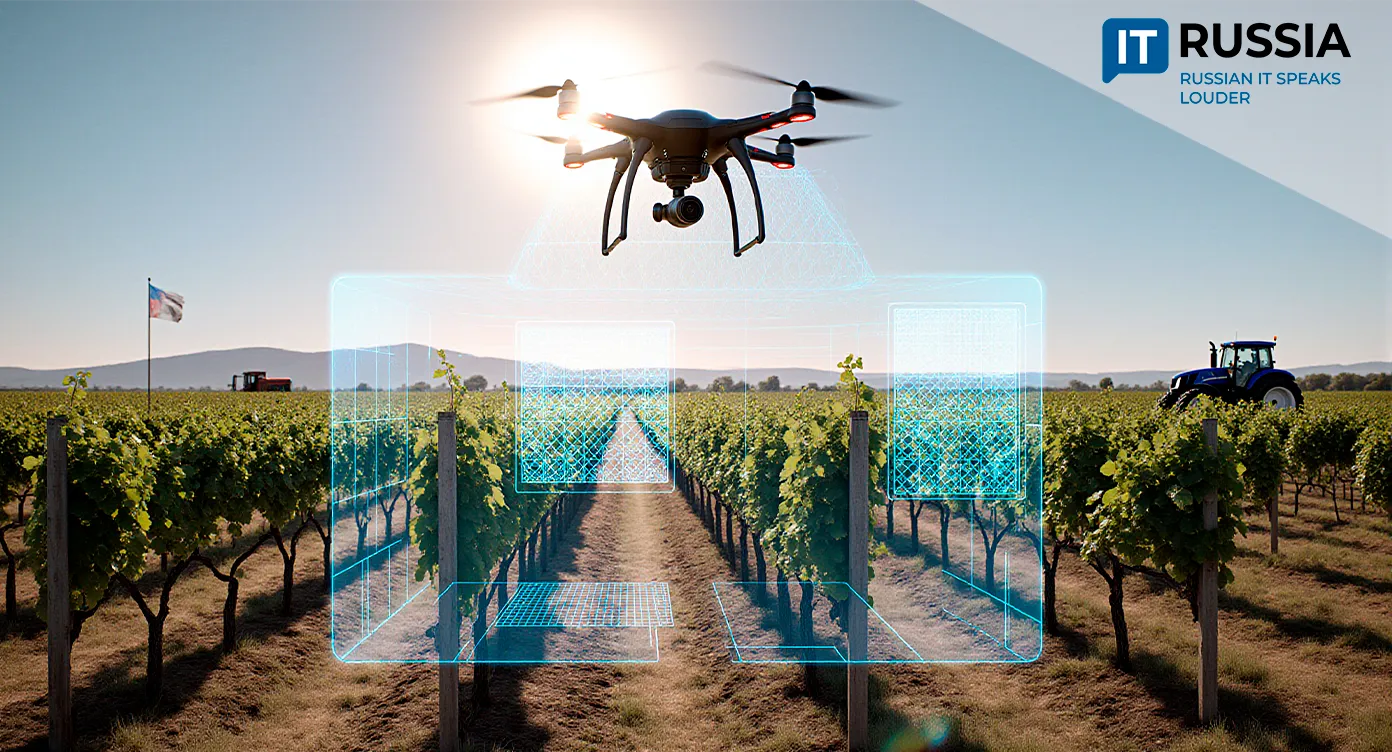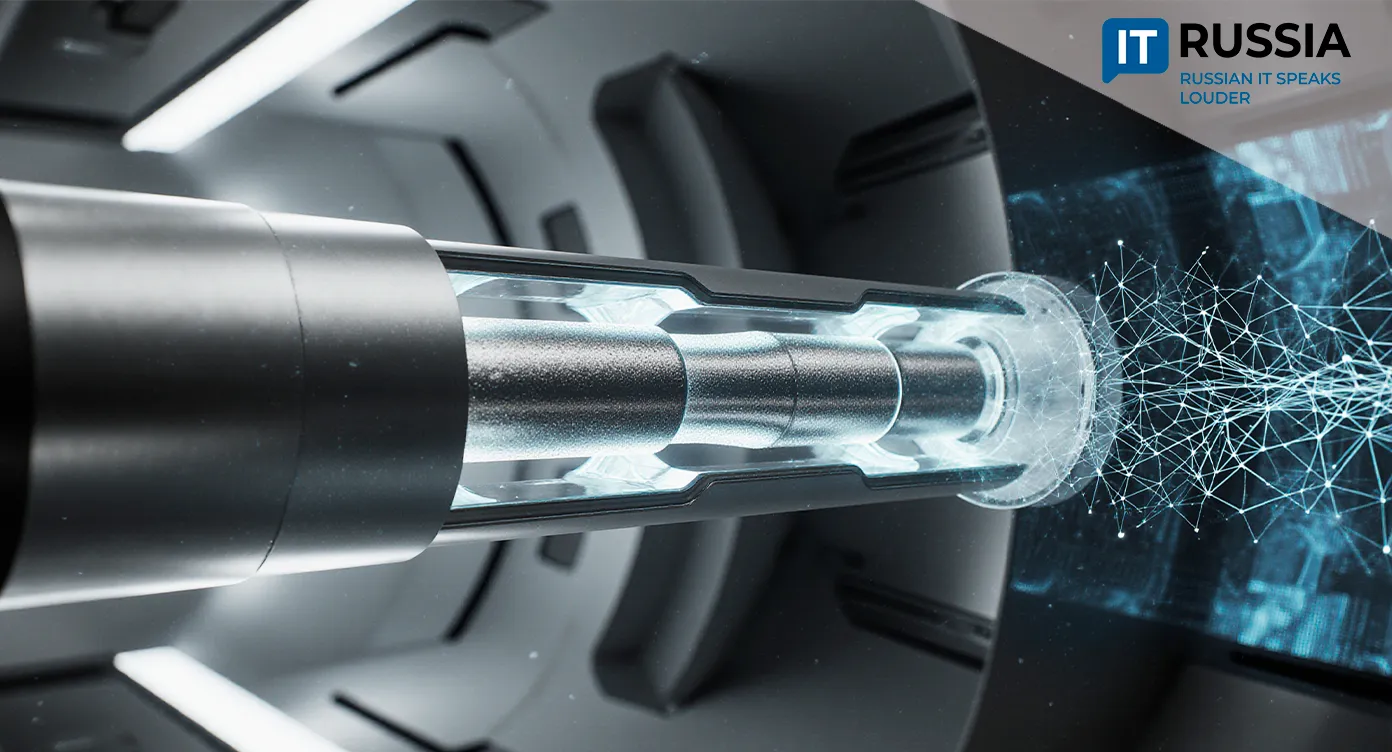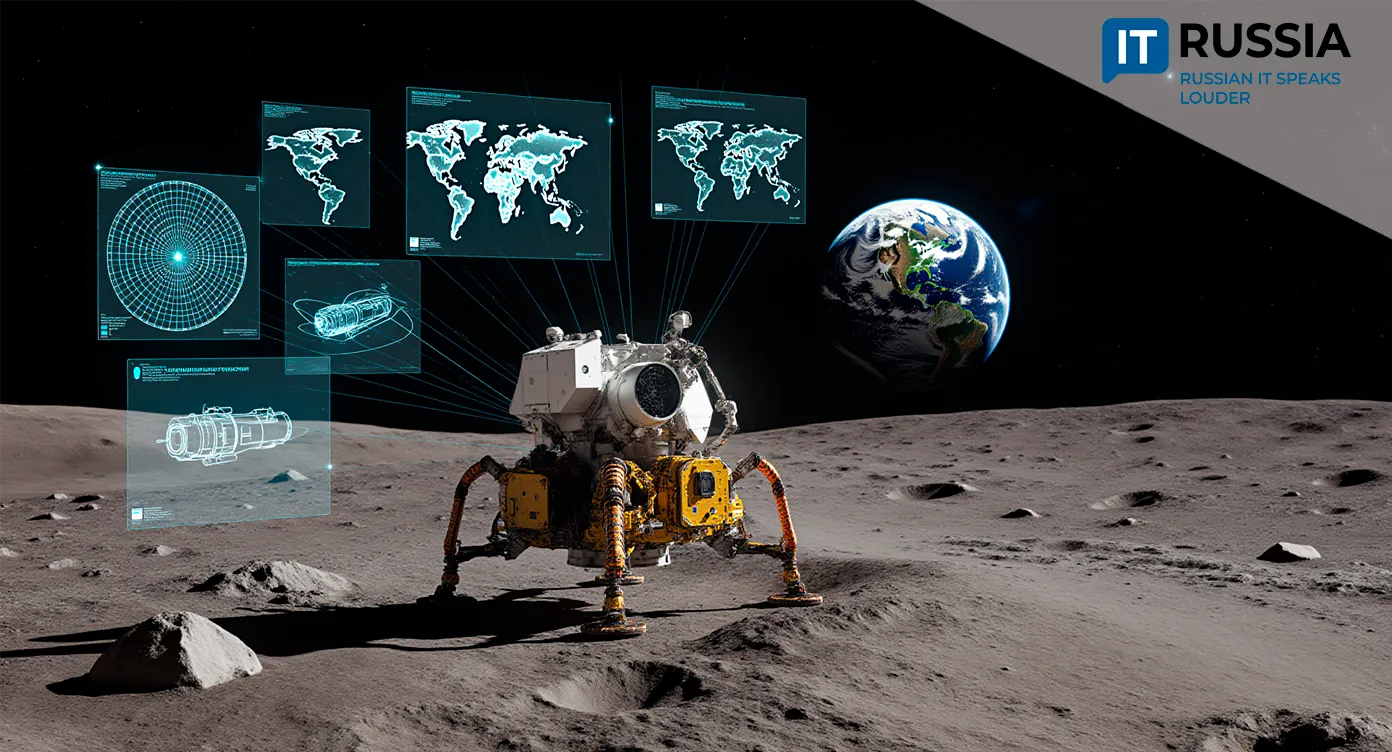Driverless Haul Trucks – A New Mining Trend
At the Peschanka deposit in Chukotka, the Baimskaya mining company is preparing to deploy 50 autonomous haul trucks with payloads of up to 320 tons. The pilot project has government backing, and Russia’s Ministry of Economic Development has created a special legal framework to support it.
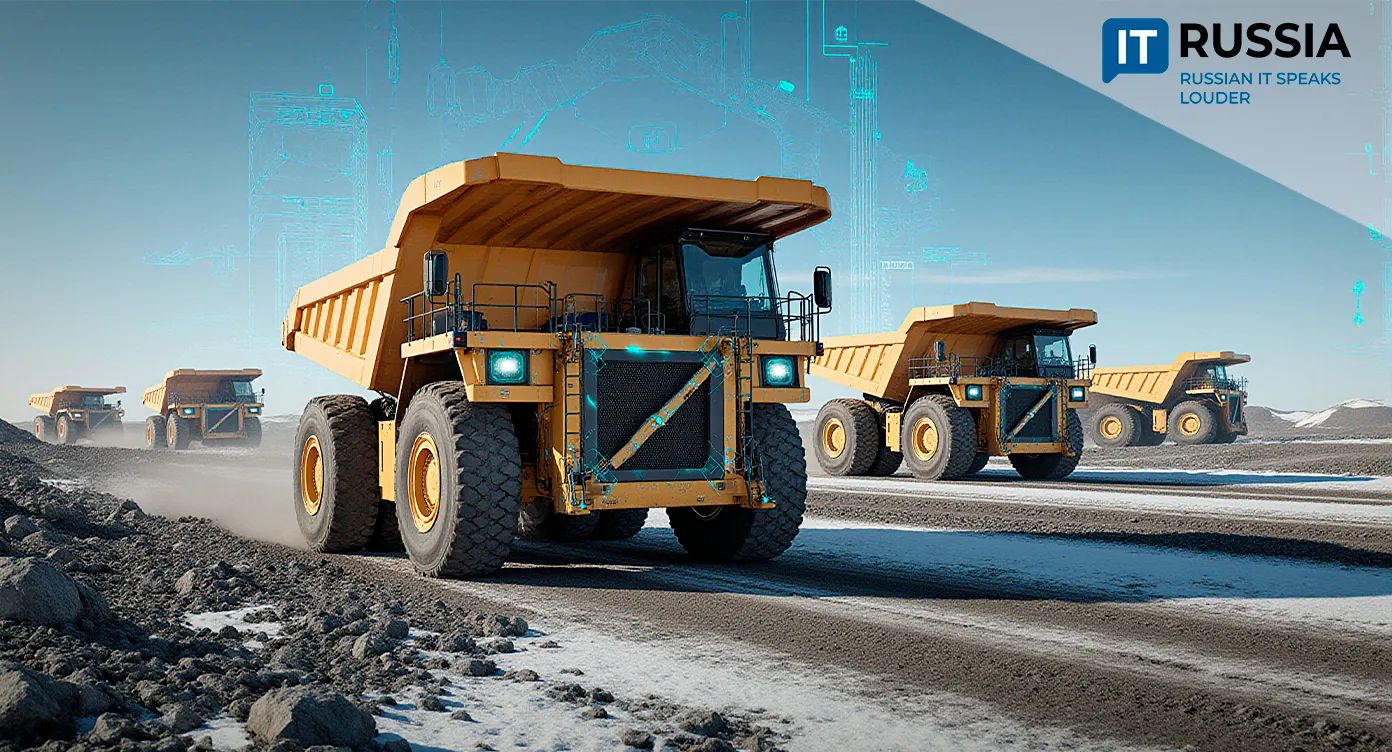
Arctic: A Powerful Start
Driverless systems operate 24/7 without breaks, boosting productivity by 20–30%. Accident rates tied to human error can be cut by as much as 80%. The project also helps address the shortage of highly skilled truck operators willing to work in remote regions.
The transition from isolated pilots to large-scale Industry 4.0 solutions is happening under Arctic conditions — a challenge that doubles as a stress test for the technology.
For Russia, the experiment strengthens strategic positioning in global mining. Lower ore production costs, improved competitiveness, and enhanced route safety will feed into worldwide mining digitalization, with Russia demonstrating solutions proven under extreme climates.

Unique Mountain Conquerors
Russia is not the first to digitalize heavy mining equipment, and must move quickly to close the gap.
In 2021, SibAnthracite began testing unmanned BelAZ trucks in Kuzbass. In 2022, Norilsk Nickel launched an autonomous transport pilot at its mines. In 2024, KAMAZ introduced its own mining haul truck with autopilot.
Meanwhile, the global landscape is already established. China leads with more than 2,000 autonomous trucks in operation, according to China Daily. Caterpillar and Komatsu remain the flagship technology providers. Next year marks 30 years since the debut of the world’s first autonomous haul truck. Altogether, there are now around 4,000 such machines worldwide.

Reliability and Economics
With regular scheduled maintenance, autonomous trucks run continuously. Full automation eliminates operator behavioral errors, prolonging equipment life — algorithms don’t over-rev engines, detect obstacles instantly, and operate strictly within safe modes while signaling potential issues. The trucks optimize routes, reduce idle time during loading, and perfectly coordinate with loaders and other machinery. These efficiencies raise haulage volumes by 15–30%.
Productivity increases both at the fleet level and per truck. Still, economics pose challenges. Even with internal rates of return at 25–30%, payback takes three to five years, even for simpler projects. While companies save on labor and operating costs, new expenses arise for IT engineers, analysts, and system operators.
Historically, limited industrial-scale trials in Russia made investments less attractive. Now, the Baimskaya project offers visibility into the full operational cycle. Anticipating market shifts, Russian IT companies are already developing service systems for autonomous fleets, both locally and globally.
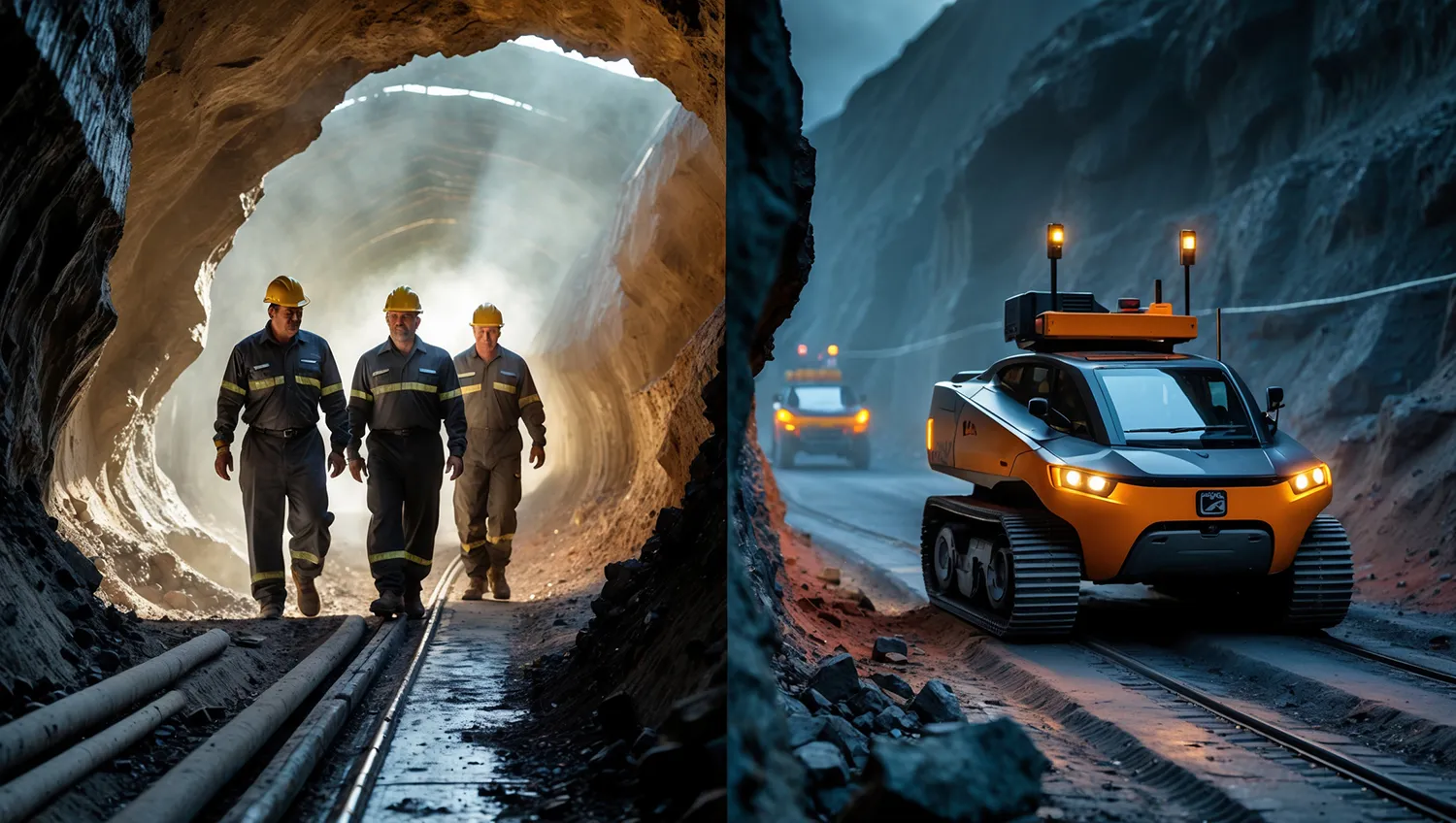
Steady but Systematic Growth
Experts expect steady, incremental growth of autonomous mining technologies, rather than explosive expansion.
Opportunities include scaling into drilling and blasting, where pilots are already underway, and the wider use of drones for surveying deposits, tracking operations, and feeding data directly into GIS and planning tools. UAVs are also being deployed for exploration.
Government involvement in Baimskaya’s program will produce regulatory clarity for autonomous equipment, stimulating the market and allowing companies to allocate digitalization budgets without legal risk. This will also create pathways for mid-sized businesses to participate.





